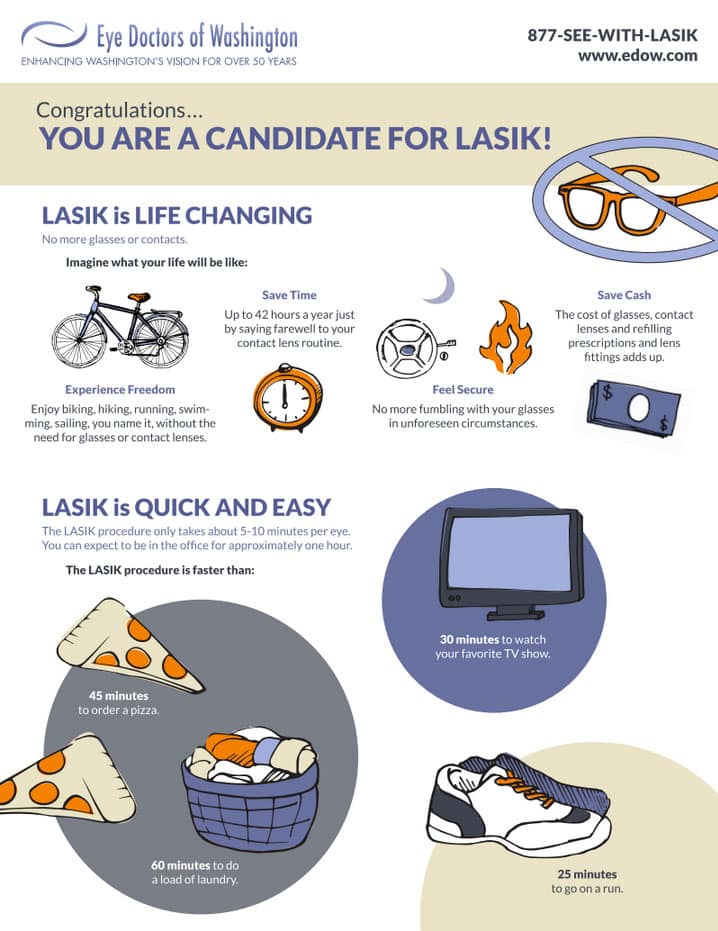Discover An Appealing Trip Mapping The Advancement Of Cataract Surgical Treatment Approaches That Are Changing The Outlook Of Eye Medical Care
Discover An Appealing Trip Mapping The Advancement Of Cataract Surgical Treatment Approaches That Are Changing The Outlook Of Eye Medical Care
Blog Article
Posted By-Mendoza Whitfield
As you explore the evolution of sophisticated cataract surgery methods, you'll witness a trip marked by ingenuity and accuracy. From cataract surgery at 35 that led the way for modern advancements to cutting-edge technologies that are reinventing the area, the extensive overview of cataract surgery strategies is a testimony to human progression and dedication to improving patient outcomes. The elaborate interaction between historical approaches and advanced innovations produces a fascinating narrative that sheds light on the development of among one of the most usual surgeries worldwide.
Historical Strategies and Technologies
Discover exactly how very early specialists changed cataract treatment by using innovative methods and tools. In the past, cataract surgery was a high-risk and agonizing procedure. Nonetheless, old Indian physicians were among the first to try medical interventions for cataracts, using a technique called 'couching' where a sharp tool was utilized to press the cataract back into the eye. cataract surgery what to expect , though crude by today's requirements, prepared for future improvements in cataract surgical procedure.
As time proceeded, Arab medical professionals made significant contributions by developing specialized needles for cataract extraction. These needles were used to puncture the cataract and then remove it from the eye, noting a significant improvement in surgical precision.
Later, in the 18th century, the French specialist Jacques Daviel pioneered the strategy of extracapsular cataract extraction, where the whole lens was removed intact via a larger laceration. This noted a significant innovation in cataract surgical treatment techniques, leading the way for the modern treatments we use today.
Modern Surgical Approaches
Early strategies in cataract surgical treatment have advanced significantly, leading to the development of modern surgical strategies that prioritize accuracy and enhanced client end results. Modern cataract surgical procedure now typically includes a procedure called phacoemulsification, where an ultrasonic device separate the cataract for elimination with a small incision. This method allows for quicker healing and decreases the risk of difficulties compared to older approaches.
Furthermore, using https://www.webmd.com/eye-health/cataracts/cataracts-in-babies-and-children (IOLs) has actually changed cataract surgical procedure outcomes. These lenses can remedy not only the cataract however additionally other refractive errors like astigmatism, reducing the requirement for glasses post-surgery.
Surgeons today likewise have accessibility to advanced imaging technologies that aid in accurate preoperative planning and intraoperative decision-making. Optical coherence tomography (OCT) and various other imaging techniques offer detailed pictures of the eye's frameworks, permitting a much more individualized strategy to each individual's surgical treatment. With these improvements, contemporary cataract surgical procedure strategies remain to improve, providing people more secure procedures and far better aesthetic outcomes.
Arising Technologies in Cataract Surgery
With improvements in innovation revolutionizing the area, cataract surgery is experiencing the integration of cutting-edge methods for improved person results. Arising technologies in cataract surgical treatment are reshaping the landscape of sensory procedures. https://lasereyesurgerydoctor60504.ja-blog.com/29311111/find-out-about-the-benefits-of-smile-eye-surgical-treatment-a-thorough-overview is femtosecond laser modern technology, which enables precise corneal lacerations, capsulotomies, and lens fragmentation, bring about enhanced medical accuracy and end results.
In addition, intraoperative aberrometry is acquiring appeal, allowing real-time measurements of refractive errors during surgery to boost intraocular lens power estimations and minimize postoperative refractive shocks.
In addition, using advanced imaging innovations like optical comprehensibility tomography (OCT) and intraoperative wavefront aberrometry help specialists in specific medical planning and execution. These tools provide comprehensive physiological info and aid customize medical methods for each patient's unique eye features.
Furthermore, developments in artificial intelligence are being explored to assist in preoperative planning, intraoperative decision-making, and postoperative treatment, potentially enhancing surgical outcomes and client fulfillment. Embracing these emerging innovations in cataract surgical treatment holds promise for more enhancing person outcomes and ensuring the continued advancement of ocular medical techniques.
Conclusion
As you journey with the history of cataract surgical procedure, you witness the transformation from ancient practices to cutting-edge technologies. Like a phoenix climbing from the ashes, cataract surgical procedure has evolved right into a sign of hope and innovation.
Just as a caterpillar arises from its cocoon as a gorgeous butterfly, cataract surgery has actually thrived right into a polished art kind, offering patients more clear vision and a brighter future.
The development continues, radiating a light on countless possibilities.
